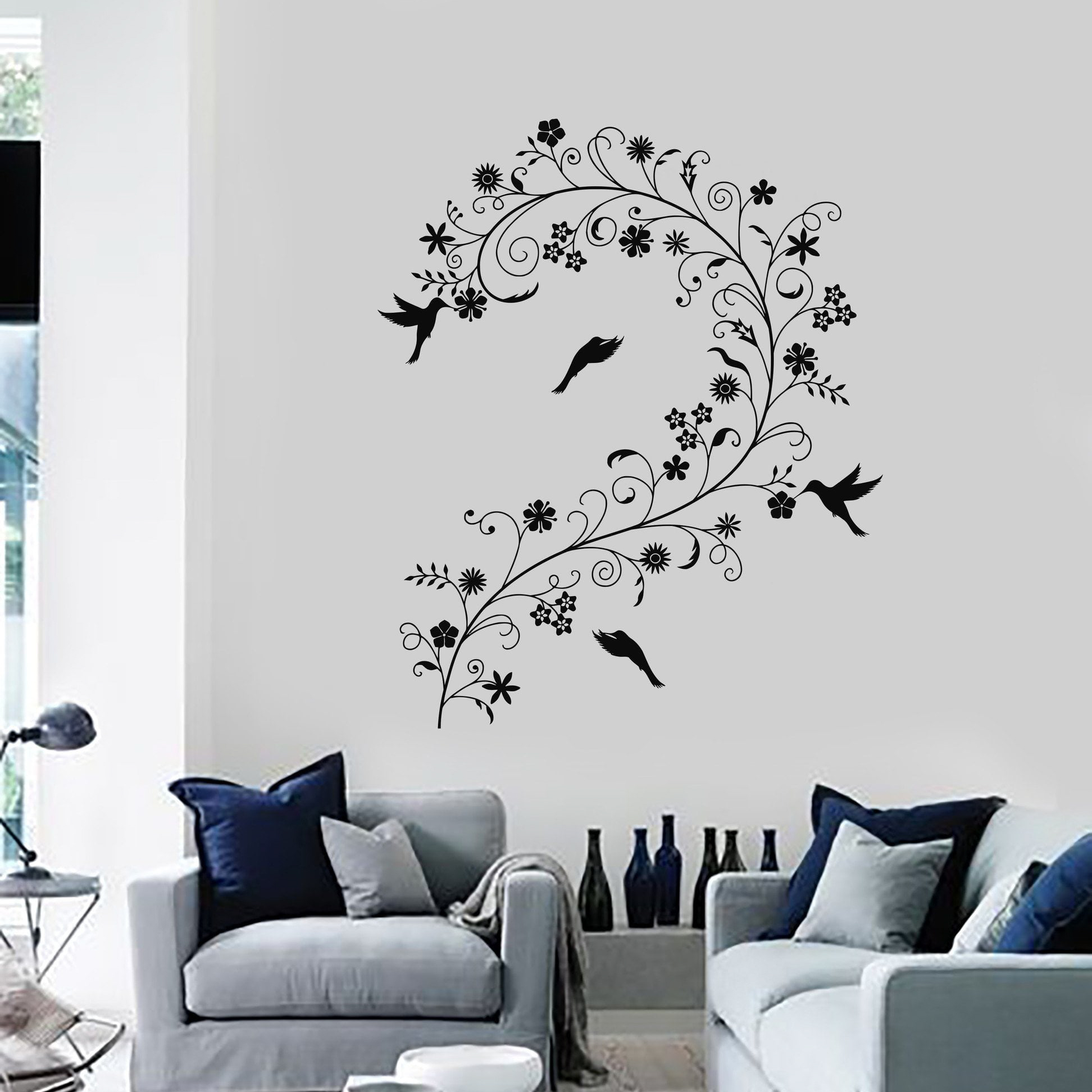Introduction
Lighting is an essential aspect of any interior design, serving both functional and aesthetic purposes. Contact lighting, which involves placing light sources directly onto surfaces, is a relatively new approach that has recently gained popularity in the design world. This article explores contact lighting in depth, discussing its benefits, its uses, and its potential drawbacks.
What Is Contact Lighting?
Contact lighting is a lighting technique that involves placing light sources directly onto surfaces such as walls, floors, and ceilings. This creates a diffused, even glow that can enhance the mood and ambience of a room. In contrast to traditional lighting, which relies on fixtures suspended from the ceiling or mounted on walls, contact lighting is a more direct way of illuminating a space.
The Benefits of Contact Lighting
There are several benefits to using contact lighting in interior design. One of the primary advantages is the level of control it gives to designers. By placing light sources directly onto surfaces, designers can create a wide range of effects, from subtle and calming to dramatic and bold. Additionally, contact lighting can be used to highlight specific features of a space, such as architectural details or artwork.
Another advantage of contact lighting is its energy efficiency. Because the light sources are in close proximity to the surfaces they illuminate, less light is needed to achieve the desired effect. This means that less electricity is required to power the lights, resulting in lower energy bills and a reduced environmental impact.
Uses of Contact Lighting
Contact lighting can be used in a variety of settings, from residential to commercial spaces. In residential settings, it can be used to create a warm, inviting atmosphere in living rooms, dining rooms, and bedrooms. In commercial spaces, it can be used to draw attention to products or displays, or to create a particular mood in a restaurant, bar, or conference room.
One particularly innovative use of contact lighting is in medical facilities. Researchers have found that contact lighting can have a positive impact on patient recovery rates by reducing stress and anxiety levels. In hospitals, contact lighting can be used to create a calming and comforting environment for patients.
Drawbacks of Contact Lighting
While contact lighting has many benefits, it does have some potential drawbacks. One of the main challenges is the need for careful planning and installation. Because the light sources are being placed directly onto surfaces, it is important to avoid creating hot spots or areas of uneven lighting. Additionally, the installation process can be more complicated and time-consuming than traditional lighting.
Another potential drawback of contact lighting is its cost. Because it is a relatively new and specialized technique, it can be more expensive than other types of lighting. However, the energy savings and aesthetic benefits of contact lighting may make it a worthwhile investment for many people.

